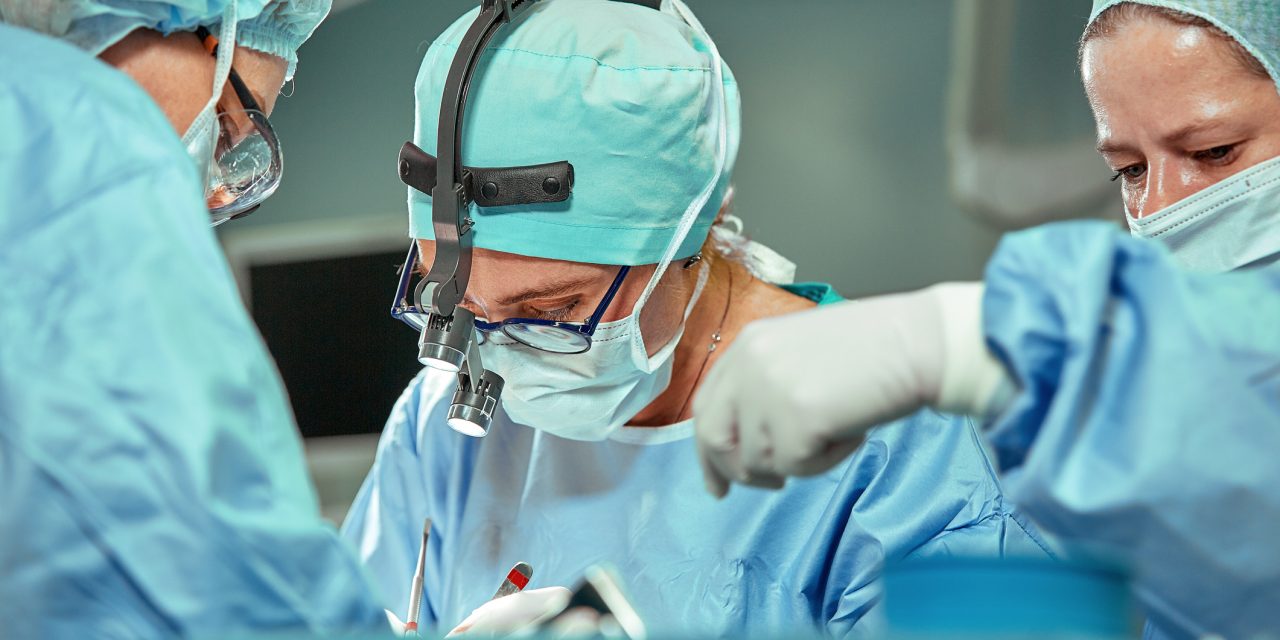For many years, it was clearly shown that surgical procedures might be associated with surgical site infection (SSI). Many scientific institutions prepared guidelines to use in surgery to reduce abuse and misuse of antibiotics. However, in the general guidelines for surgical antibiotic prophylaxis, plastic surgical procedures are not addressed or are only marginally discussed, and children were almost systematically excluded. The main aim of this Consensus document is to provide clinicians with recommendations on antimicrobial prophylaxis for pediatric patients undergoing plastic surgery. The following scenarios were considered: clean plastic surgery in elective procedures with an exclusive skin and subcutis involvement; clean-contaminated/contaminated plastic surgery in elective procedures with an exclusive skin and subcutis involvement; elective plastic surgery with use of local flaps; elective plastic surgery with the use of grafts; prolonged elective plastic surgery; acute burns; clean contused lacerated wounds without bone exposure; high-risk contused lacerated wounds or with bone exposure; contused lacerated wound involving the oral mucosa; plastic surgery following human bite; plastic surgery following animal bite; plastic surgery with tissue expander insertion. Our Consensus document shows that antimicrobial perioperative prophylaxis in pediatric patients undergoing plastic surgery is recommended in selected cases. While waiting the results of further pediatric studies, the application of uniform and shared protocols in these procedures will improve surgical practice, with a reduction in SSIs and consequent rationalization of resources and costs, as well as limiting the phenomenon of antimicrobial resistance.
Surgical Antimicrobial Prophylaxis in Pediatric Patients Undergoing Plastic Surgery: A RAND/UCLA Appropriateness Method Consensus Study.


